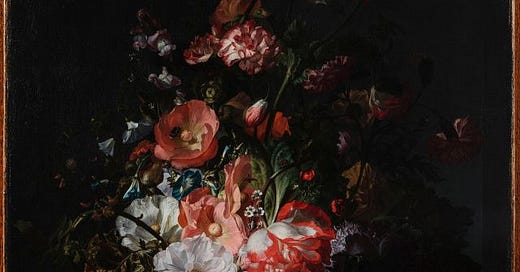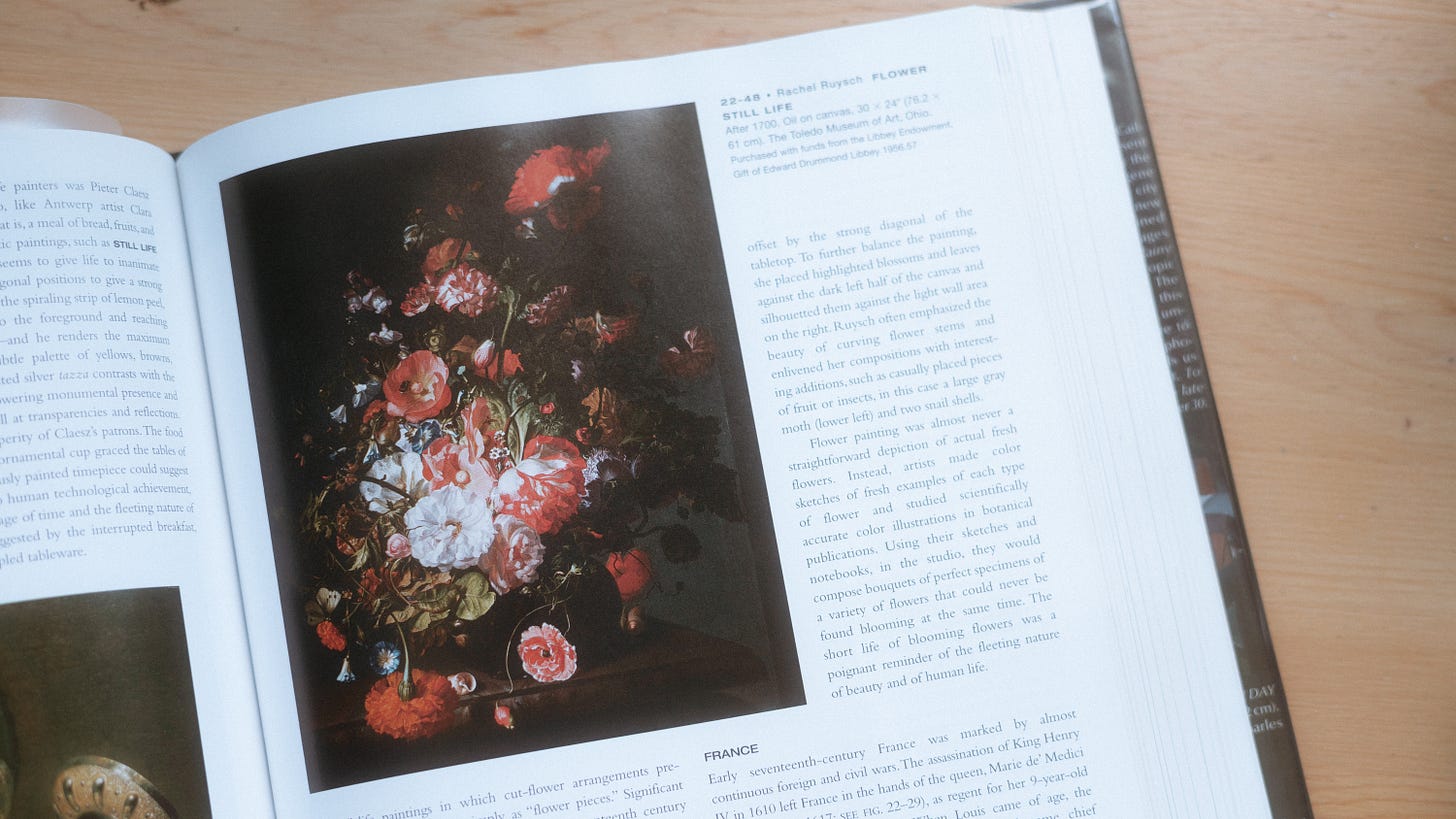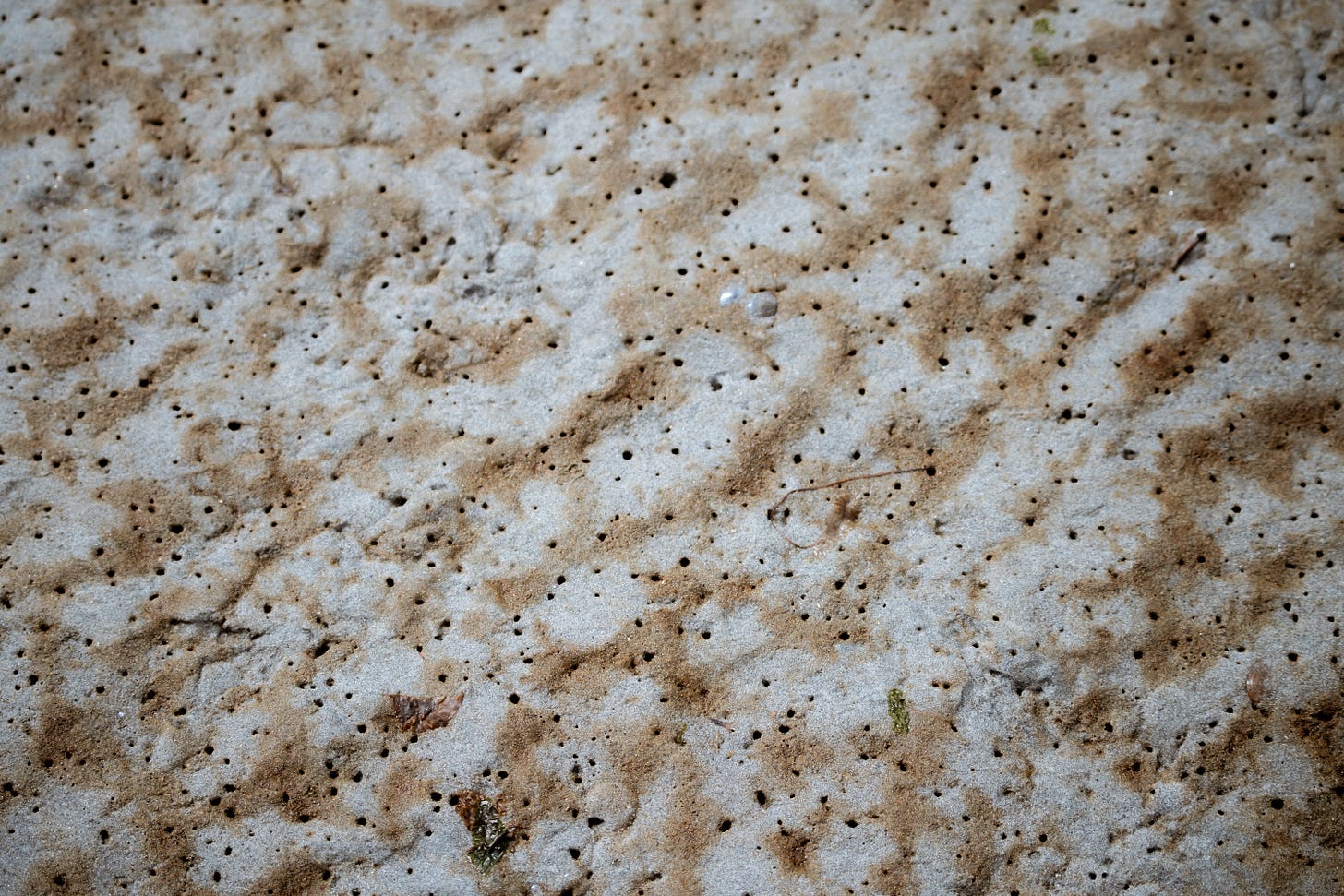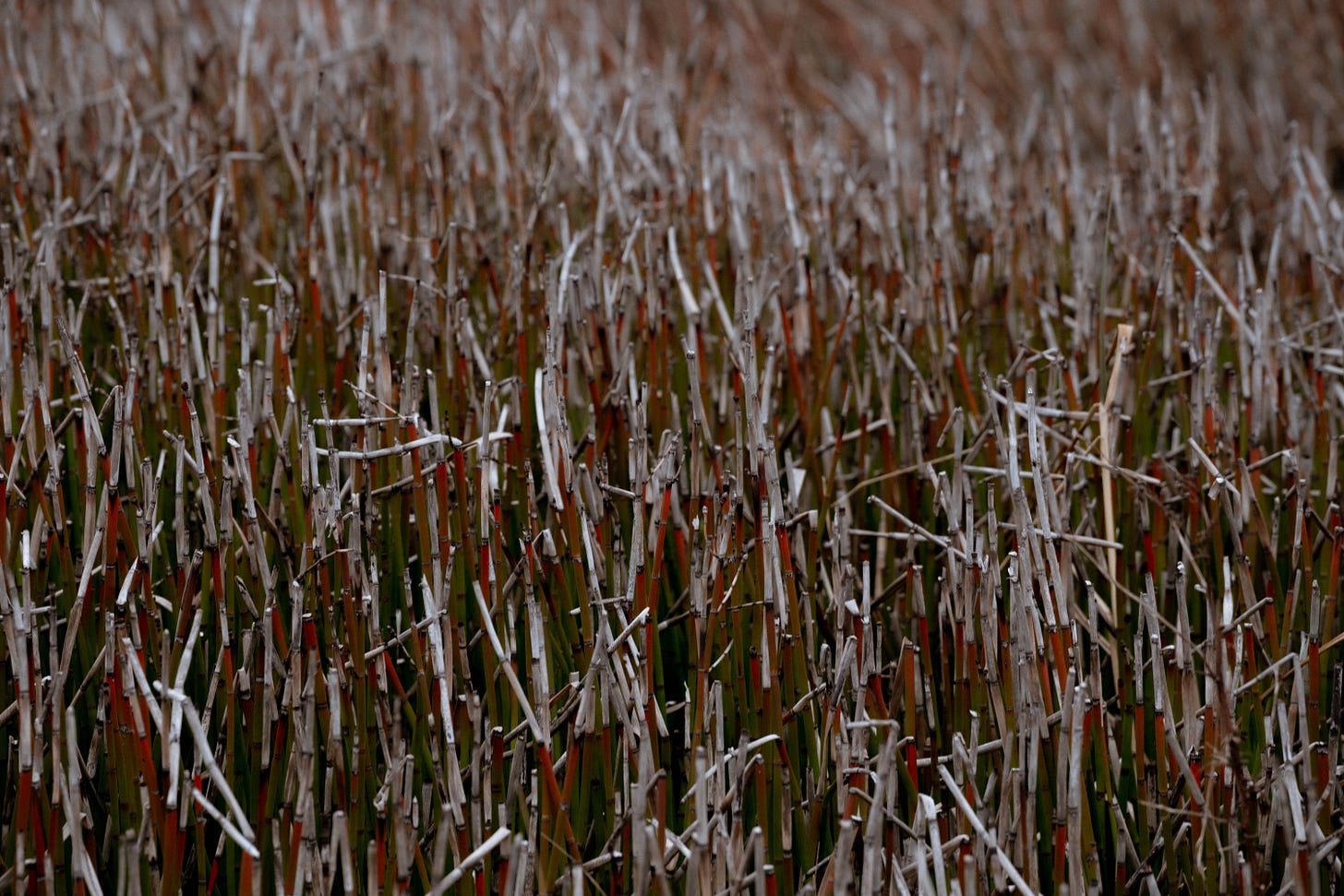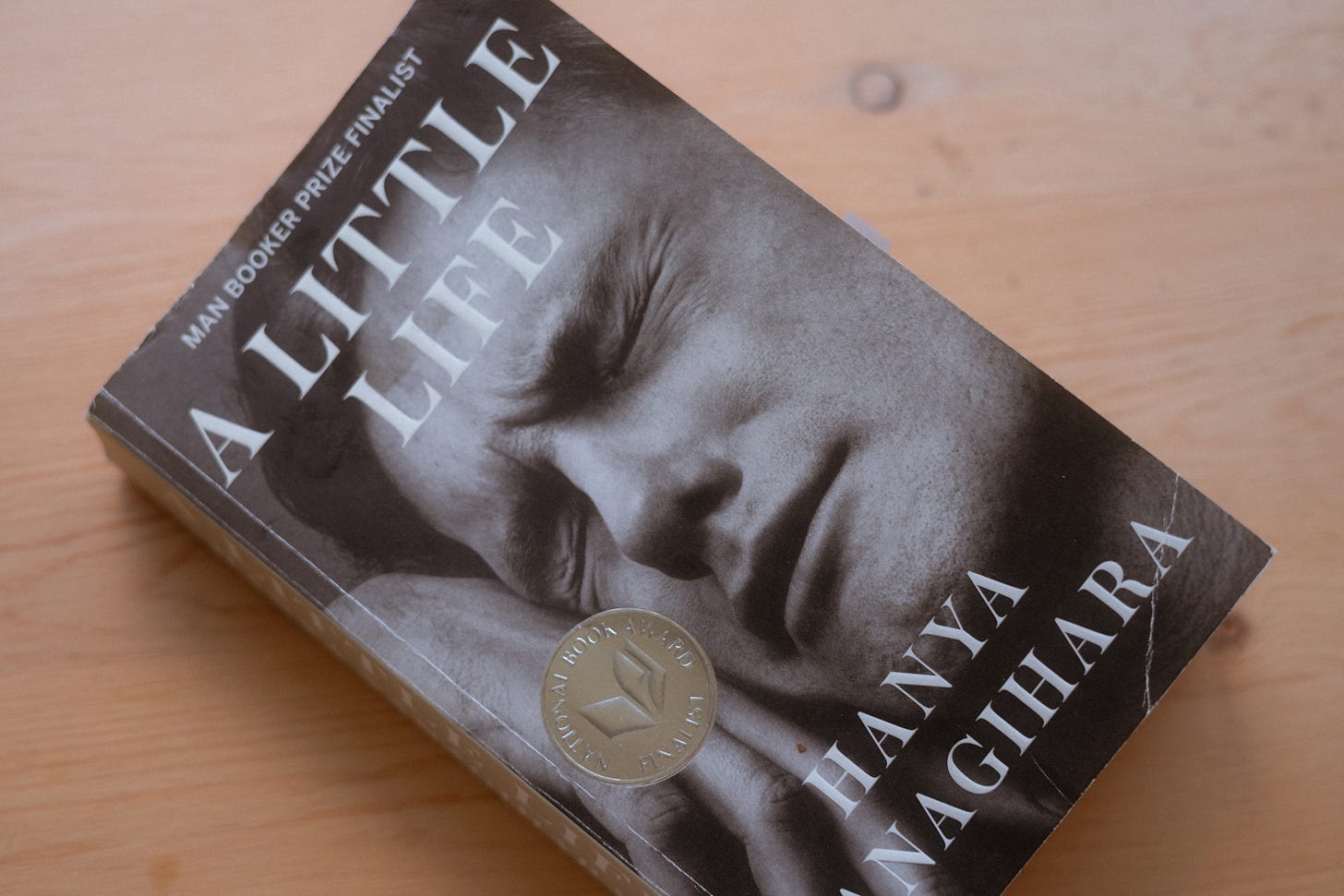Remystify What You Do
The cult of the future, creativity personified, patience paying off, art history, and flowers.
Tripping, yet not falling. It's that sensation of sudden, forced momentum to prevent disaster, a frantic dance to stay upright. That's what last month felt like—a series of moments where I was propelled forward, barely managing to keep my balance. I intended to write a neat recap, to put a bow on it all. But as I began, I realized the events weren't the point; it was the feeling of constantly being on the brink. So, I stopped, selected all, and deleted.
Let’s try again.
It was the feeling of doing without thinking, of running forward just to avoid falling. I could argue that I spent many hours thinking, but it was always for others. This thinking was so closely tied to immediate action that it left no room for reflection or the slower pace I prefer.
Each day, I laced up my proverbial running shoes, got on the track, and ran in circles, jumping hurdles set by my commitments.
Were there great things? Yes—a wedding, family, travel. I was present and happy in those moments. But the feelings that lingered left me spiritless.
Freelance life is not always pretty. It can get pretty robotic. Last month, I felt like a machine.
Life happens, and as much as some internet business guru wants to convince me that I must control how I spend my time, I don't want to be tightly wound like a clock, my life tied to the ticking of time and control.
Deliverables, meetings, deadlines. Tick, tick, tick.
Sometimes, I want to be messy, uncontrolled, unbound by deliverables.
This relentless doing is closely linked to the demand for more done faster. Or as Sontag wrote, ‘the cult of the future.’ While she writes about photography and a desire to ‘return to a more artisanal’ past, I believe this also applies to our expectations of art and creativity.
As I churn out more content for clients, writing faster, editing quicker, living in the future, I cannot help but crave days of nothing. Slow creation. Doodling. Being present.
It got me thinking—I was missing the feeling of being lost in creativity.
Creativity is unrushed. It’s languid, hazy, slow, and meant to be savoured.
It doesn’t demand a perfect outcome or ask why something should be done.
Creativity understands that sometimes we make, create, and play because our soul requires it.
I spent a month in the facts.
What I crave is to remystify my work.
This realization has helped me re-evaluate certain things I am doing. Am I taking photos of a forest? Or am I creating a feeling of wonder? Which would I rather be doing?
I would rather focus on enchantment to invoke emotion over rationality.
The Art of Patience
A very long time ago, I became a little obsessed with finding my old art history book—a tome of text hefty enough to knock someone out. With all the moves over the years, its location became a mystery, and I started feeling a strong desire to revisit it. However, I refused to pay full price for a new copy. I wasn’t going back to school; I just wished I had given it the time it deserved while I was there.
Well, my patience paid off. Last month, during my usual travel routine, we popped into a used bookshop I had marked on the map while in Calgary. I immediately made a beeline for the art section.
There it was—$35 for 9 pounds, 11 inches by 9.5 inches of art history class nostalgia.
I am slowly revisiting this tome and recently spent some time exploring seventeenth-century European art, particularly my personal favourite: vanitas. One paragraph, in particular, stood out to me.
“Flower painting was almost never a straightforward depiction of actual fresh flowers. Instead, artists made color sketches of fresh examples of each type of flower and studied scientifically accurate color illustrations in botanical publications. Using their sketches and notebooks, in the studio, they would compose bouquets of perfect specimens of a variety of flowers that could never be found blooming at the same time. The short life of blooming flowers was a poignant reminder of the fleeting nature of beauty and of human life.”
These meticulous flower still lifes are not, in fact, realistic. They represent painstaking work—observation, curation, and then carefully crafted creation.

This is a reminder that we must sometimes assemble our vision. It may take time and care to achieve the desired results. If Ruysch hadn’t taken the time to study, sketch, and compose these flowers, she wouldn’t have been able to create this painting. It would have been impossible, as these flowers do not bloom at the same time naturally.
So why are we so rushed? What would it look like to slow down the process?
To give our ideas the time they need to bloom, in season, at their own pace?
Personal Work
Seaside found textures.
Hey, you made it to the end! Not exactly a secret, but here goes…
I love to read—a LOT. Growing up, I was the bookworm who brought a stack of books on every vacation, often getting in trouble for avoiding people to read. Corey has been pushing me to read A Little Life by Hanya Yanagihara. I found a used copy and added it to my shelf but avoided it due to its controversial themes and tear-jerking reputation.
This week, frustrated with an overhyped book, I asked Corey to pick my next read. He handed me A Little Life… wish me luck.
Have you read it? Share your thoughts, and let me know if you’re a fellow bookworm!


